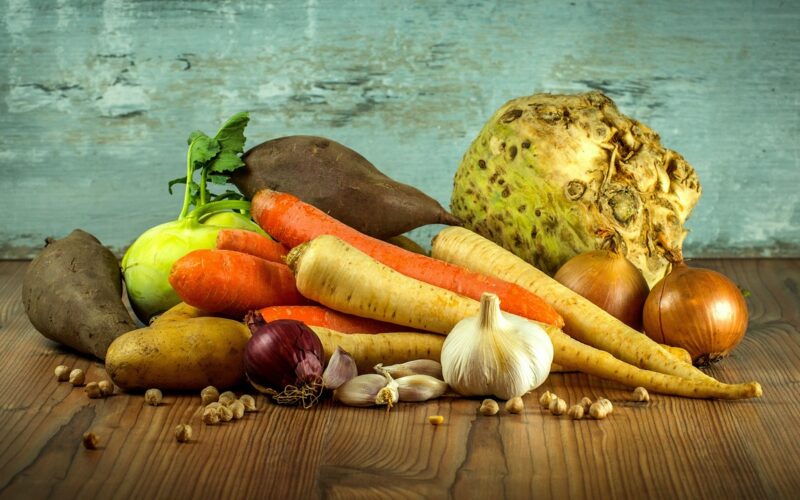Choosing Seasonal Blooms
Each species of plant has its own needs for water, light, and even the type of soil they need. Once these basics have been established, choosing seasonal blooms can help make a landscape much prettier. Roses are often a first choice because many of them bloom during most of the warm season, but they can be a limiting factor when it comes to lush landscaping. There should be a reserved area for roses, but other blooms can also help upgrade even the smallest garden or yard.
The earliest blooming plants generally come from bulbs, and these can be placed in areas where other plants will grow later in the year. Tulips, daffodils, and even crocus are good options for a yard that will have plenty of colour. Planting them in the fall will often result in the first beautiful colours to herald the warmth of spring and summer. Best of all, they often disappear completely once their time is over.
Summer plants come in plenty of varieties, and they are generally available with blooms already showing. Adding them to the beds where the early spring bloomers once resided could be a good way to keep the colour going throughout the warmest months of the year. They will take up their share of space, but they will not crowd out the buried bulbs that will return during the next spring. Some of these plants will only last for one season, but others can be found that will grow and bloom again next year.
Autumn is often a time when people look at the trees instead of the flower beds, but there are still plants that can bloom as the weather turns cold. Asters and mums are often used to add their share of colourful flowers as the days grow shorter and the winds blow harder. Adding them to a bed can provide a lush fall landscape dependant upon more than just the trees.












